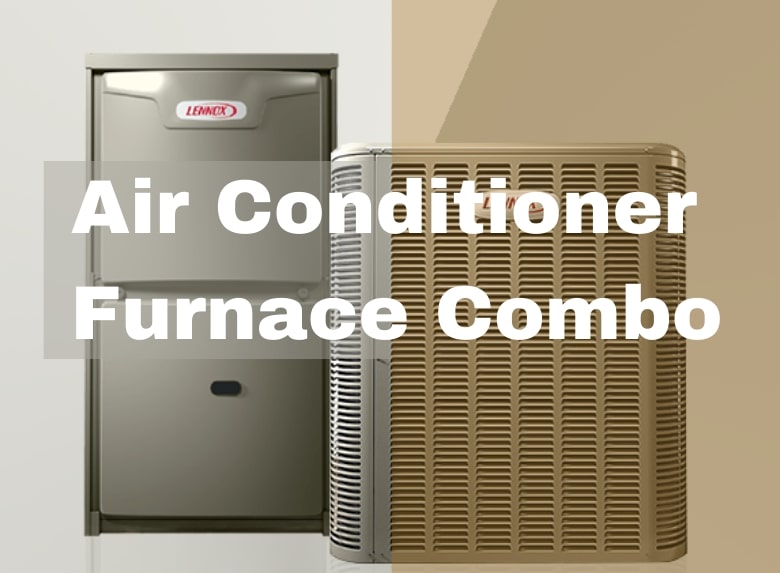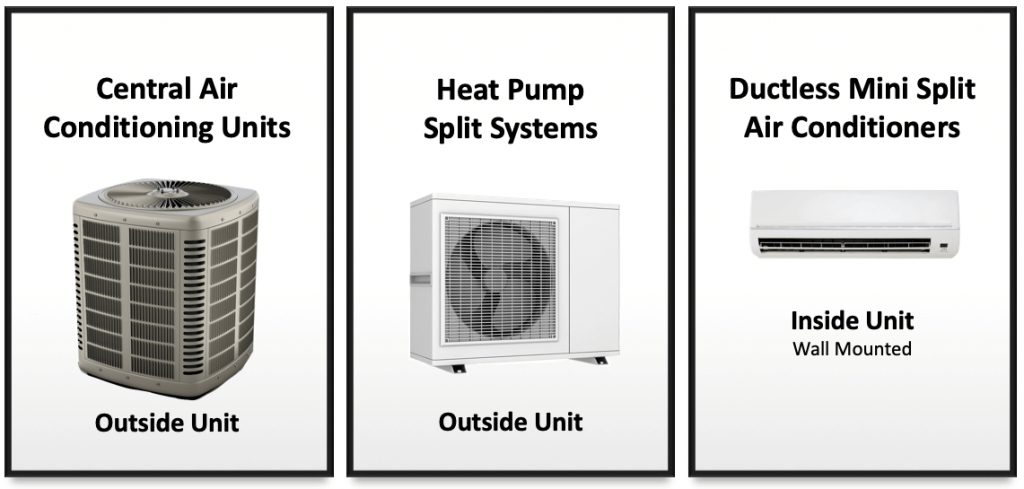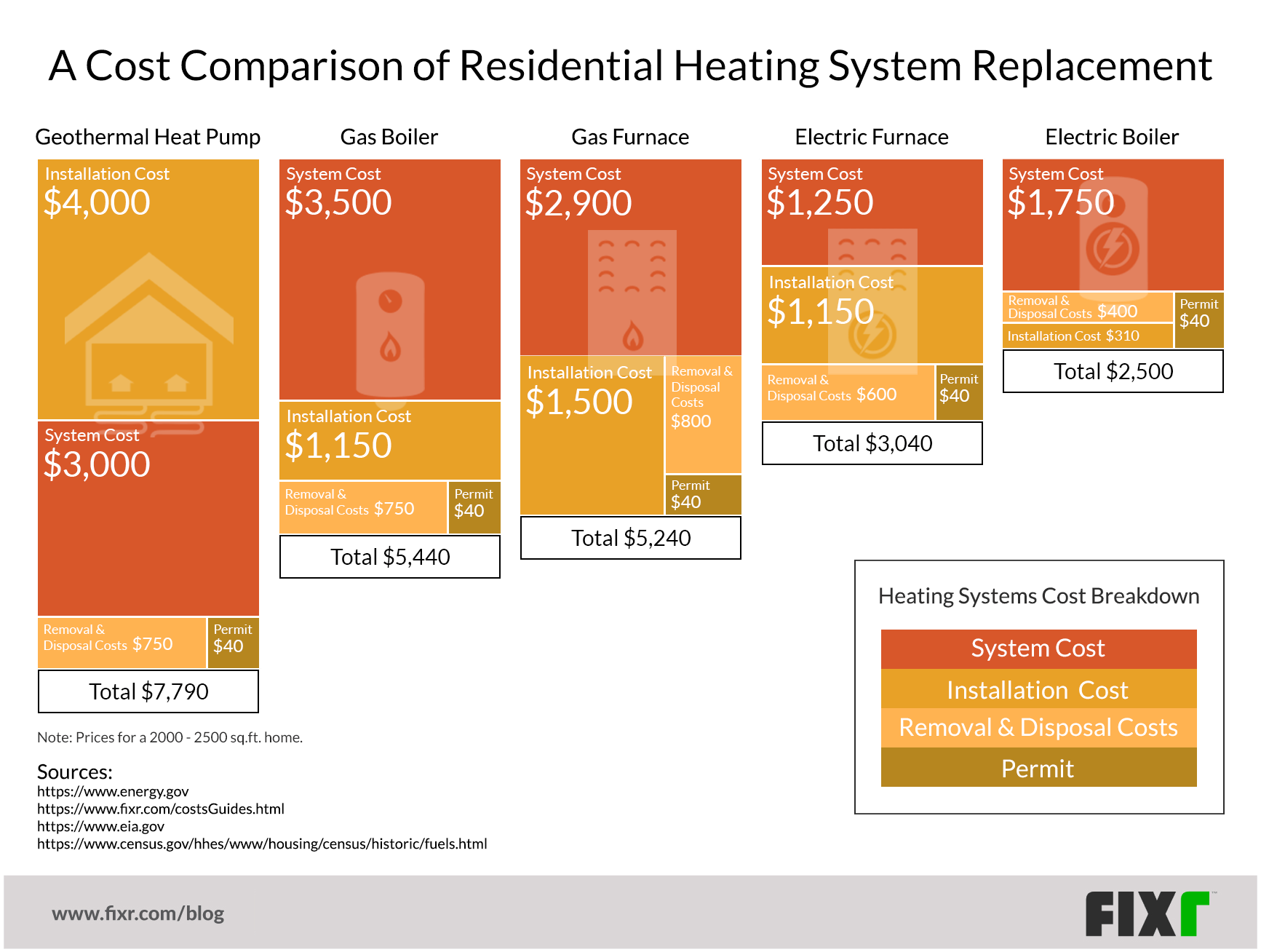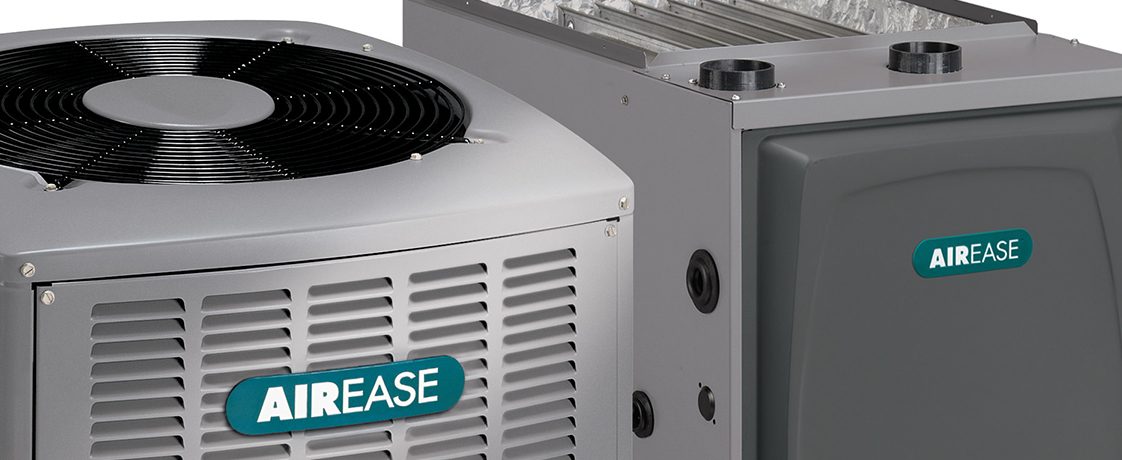Furnace And Central Air Replacement Cost

One of the most significant financial surprises a homeowner can face is the realization that their furnace and central air conditioning system are nearing the end of their lifespan. The question of replacement cost looms large, often feeling overwhelming. Before you panic, let's break down how to assess the situation, understand potential causes, and identify when it's time to call in the pros. This guide aims to empower you with knowledge and a methodical approach.
The Whispers of Impending Replacement: Recognizing the Signs
The first step is recognizing the *subtle clues* that your HVAC system is struggling. These signs, often dismissed as minor inconveniences, can be early indicators that a more significant problem is developing. Ignoring them can lead to a complete system failure at the worst possible time.
Uneven Heating and Cooling
Do some rooms feel noticeably warmer or cooler than others, despite the thermostat being set at a constant temperature? This could indicate issues with airflow, ductwork, or, more seriously, an aging furnace or AC unit struggling to maintain consistent output. Check your vents in the affected rooms. Are they blocked by furniture or rugs? Obstructions severely limit airflow. Make sure vents are open fully.
Increasing Energy Bills
Have your energy bills been steadily creeping upwards, even without significant changes in usage? This is a major red flag. An inefficient furnace or AC unit has to work harder and longer to maintain the desired temperature, resulting in increased energy consumption. *Compare your bills* to previous years, adjusted for seasonal weather variations. A substantial increase warrants further investigation.
Unusual Noises
Your HVAC system isn't silent, but it shouldn't be making *loud banging, rattling, or whistling noises*. These sounds often indicate mechanical problems, such as a failing blower motor, a loose fan blade, or issues with the compressor. Note the specific noise and when it occurs (e.g., only when the furnace starts up, constantly during operation). This information will be valuable to a technician.
Frequent Repairs
Are you calling a repair technician every few months? A string of minor repairs can quickly add up to the cost of a new system. If your HVAC unit is nearing the end of its expected lifespan (typically 15-20 years for a furnace and 10-15 years for an AC unit), it might be more cost-effective to replace it rather than continue throwing money at repairs. Keep track of repair costs over the past few years. This will help you make an informed decision.
Age of the System
Perhaps the simplest indicator is the age of your furnace and AC unit. Locate the manufacturer's label on your equipment, which usually includes the date of manufacture. If your system is approaching or exceeding its expected lifespan, start planning for a replacement. *Don't wait for a complete breakdown* – proactive planning allows you to shop around for the best deals and avoid being forced into a rushed decision.
DIY Diagnosis and Simple Fixes (Proceed with Caution!)
Before calling a professional, there are a few simple troubleshooting steps you can take. Safety is paramount. Always turn off the power to the furnace and AC unit at the breaker box before performing any maintenance.
Checking the Thermostat
This may seem obvious, but it's often overlooked. Ensure the thermostat is set to the correct mode (heat or cool) and temperature. *Replace the batteries* in your thermostat, especially if it's a digital model. A low battery can cause erratic behavior.
Replacing the Air Filter
A clogged air filter is a common cause of reduced airflow and decreased efficiency. Replace the filter regularly (typically every 1-3 months, depending on usage and air quality). A clean filter allows for proper airflow, reducing strain on the system and improving energy efficiency.
Inspecting the Condenser Unit (Outdoor AC Unit)
Make sure the outdoor unit is free from debris, such as leaves, grass clippings, and branches. These obstructions can restrict airflow and cause the unit to overheat. Gently clear away any debris surrounding the unit. Use a garden hose to rinse away dirt and grime from the fins (the metal grates surrounding the unit). *Be careful not to bend the fins*.
Checking the Furnace Blower Compartment (If Accessible)
Only attempt this if you are comfortable working with basic tools and understand safety precautions. After turning off the power, remove the access panel to the blower compartment (usually located at the bottom of the furnace). Inspect the blower motor and fan for any obvious obstructions or damage. *Do not touch any electrical components*. If you see loose wires or burned components, call a professional immediately.
Inspecting Ductwork
Visually inspect accessible ductwork for any obvious leaks or disconnections. *Seal any small leaks* with duct tape (not regular tape). Larger leaks require professional attention. Leaky ductwork can significantly reduce efficiency and cause uneven heating and cooling.
When to Call the Professionals: The Red Flags
While some simple troubleshooting steps are within reach, there are many situations that require the expertise of a qualified HVAC technician. Attempting to fix complex problems yourself can be dangerous and may void your warranty.
Refrigerant Leaks
If you suspect a refrigerant leak (e.g., ice forming on the AC unit, hissing sounds), do not attempt to fix it yourself. Refrigerant is a hazardous substance that requires specialized equipment and training to handle safely. A professional can locate and repair the leak and recharge the system with refrigerant.
Electrical Issues
Any electrical problems, such as sparking wires, burned components, or a tripped breaker, should be addressed by a qualified electrician or HVAC technician. *Never attempt to repair electrical components unless you are properly trained and experienced*.
Gas Leaks (Furnace)
If you smell gas near your furnace, evacuate the premises immediately and call your gas company or the fire department. Gas leaks are extremely dangerous and can cause explosions or carbon monoxide poisoning.
Major Mechanical Problems
If you suspect a major mechanical problem, such as a failing compressor, a cracked heat exchanger, or a broken blower motor, it's best to call a professional. These repairs often require specialized tools and expertise.
Suspecting Carbon Monoxide
A carbon monoxide leak is an invisible and odorless killer. If you feel symptoms such as headaches, nausea, fatigue, or dizziness, leave the home immediately and call emergency services. Make sure to install and maintain carbon monoxide detectors in your home, especially near sleeping areas.
Understanding Furnace and Central Air Replacement Cost
Now, let's address the big question: how much does it cost to replace a furnace and central air conditioning system? The cost can vary significantly depending on several factors:
System Size and Efficiency
Larger homes require larger systems, which naturally cost more. Higher-efficiency systems also tend to be more expensive upfront but can save you money in the long run through reduced energy bills. Consider the long-term cost savings when evaluating different efficiency ratings.
Type of Equipment
The type of furnace and AC unit you choose will also affect the cost. For example, a high-efficiency gas furnace will typically cost more than a standard-efficiency model. Similarly, a central air conditioning system with a higher SEER (Seasonal Energy Efficiency Ratio) rating will be more expensive than a lower-SEER model. *Evaluate your needs and budget* to determine the best type of equipment for your home.
Installation Costs
Installation costs can vary depending on the complexity of the job and the location of your home. *Get quotes from multiple contractors* to ensure you're getting a fair price. Be sure to ask about any additional costs, such as ductwork modifications or electrical upgrades.
Brand Reputation
Some brands are known for their reliability and performance, and they often come with a higher price tag. Research different brands and read online reviews to get a sense of their reputation. Consider a brand that aligns with your needs and budget.
Location
Labor costs, permit fees, and equipment availability can vary depending on your location. *Factor in your local costs* when estimating the overall replacement cost.
Ductwork
If you need to upgrade your ductwork or make repairs, this will add to the total cost. New or upgraded ductwork improves the efficiency of any heating or cooling system and reduces utility bills.
Permits
A permit ensures the equipment is installed to code requirements and the house is safe. Check with your city to ensure the contractor pulls the necessary permits and that it is included in the costs.
Generally, expect to pay anywhere from $5,000 to $12,000+ to replace both a furnace and central air conditioning system. This is a significant investment, so it's important to do your research and choose a reputable contractor. Get multiple quotes, ask for references, and read online reviews before making a decision.
Financing Options and Incentives
Replacing your HVAC system is a significant expense, but there are several financing options and incentives that can help make it more affordable:
Financing
Many HVAC contractors offer financing options to help you spread out the cost of the replacement over time. Compare interest rates and terms before choosing a financing plan.
Rebates and Tax Credits
The federal government, as well as many state and local governments, offer rebates and tax credits for energy-efficient HVAC systems. *Check with your local utility company and energy efficiency organizations* to see what incentives are available in your area.
Conclusion
Facing a furnace and AC replacement can be daunting, but with a systematic approach, you can assess the situation, identify potential problems, and make informed decisions. By understanding the warning signs, performing basic troubleshooting steps, and knowing when to call a professional, you can navigate this process with confidence. Don't hesitate to consult with multiple HVAC contractors, compare quotes, and explore financing options to find the best solution for your home and budget. Knowledge is power, and being an informed homeowner empowers you to make the best decision for your long-term comfort and financial well-being.





/HVACSystem-f324c2094e044cd6a1a46261403be46b.jpg)




